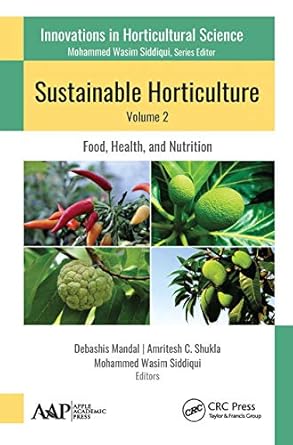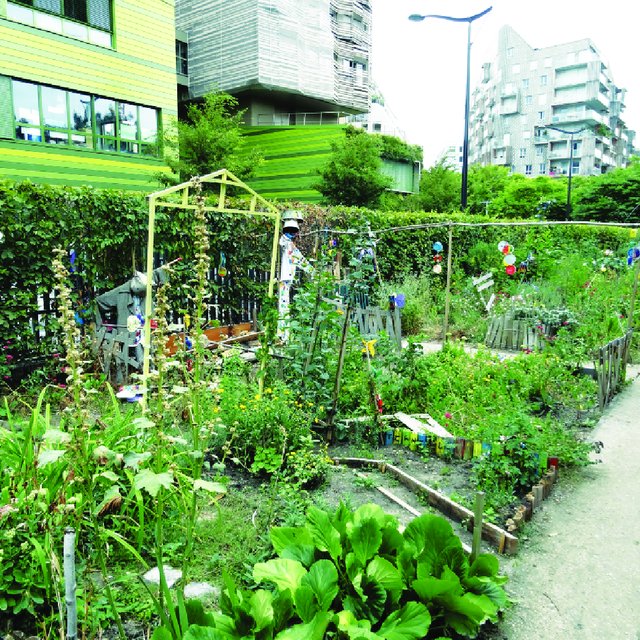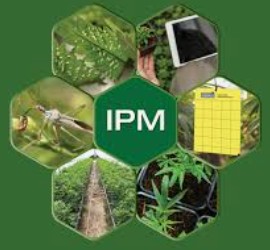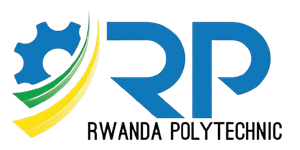
The purpose of this module is to allow students to showcase the knowledge and skills they have gained throughout their academic program of Horticulture Technology and apply them to real-world problems and issues. The module will help learners to identify real-world problems related to horticulture industry and provide a tangible solution. In this module, B-Tech student will conduct preliminary studies; perform a capstone project, and present findings of capstone project.
- Teacher: Jean de Dieu NIYOMUGABO

This module aims to provide a comprehensive understanding of project management principles applied to the horticulture industry, enabling BTech graduates in Horticulture Technology to successfully navigate the unique challenges and complexities of horticultural projects. By the end of this module, students will be able to initiate the horticulture projects, plan for horticulture projects implementation, execution and commissioning of horticulture projects.
- Teacher: Jean de Dieu NIYOMUGABO

This module describes knowledge, skills, and attitude required for The application of plant genetic and breeding techniques. It is intended for learners who have successfully completed the Advanced diploma in horticulture or its equivalent and pursuing BTech in Horticulture Technology. Upon completion of this module, learners will be able to apply the concept of quantitative and population genetic, implement hybridization procedures, apply molecular breeding and release of new variety.
- Teacher: Jean de Dieu NIYOMUGABO
- Teacher: Philbert SINDARIHORA

This module describes the skills, knowledge and attitude required to apply sustainable horticulture principles. It is intended for learners pursuing B -Tech in Horticulture Technology or other related qualifications. At the end of this module, learners will be able to apply regenerative agriculture, apply organic farming, manage soil water, biodiversity and wastes in horticulture. Qualified learners are deemed competent to this competency may work alone or with others on routine tasks in various places dealing with sustainable horticulture in private farmers and agricultural research institutions.
- Teacher: Jean de Dieu NIYOMUGABO

This module describes knowledge, skills, and attitude required to coordinate urban horticulture. It is intended for learners who have successfully completed the Advanced diploma in horticulture or its equivalent and pursuing BTech in Horticulture Technology. Upon completion of this module, learners will be able to plan urban horticulture farming, establish and maintain urban horticulture farm, manage environmental and safety risks in urban horticulture and implement the traceability system in urban farming.
- Teacher: Jean de Dieu NIYOMUGABO

This module is designed to systematically equip students with the essential knowledge, skills, and attitudes needed to seamlessly align with the current demands of the horticulture industry. It is intended for learners pursuing the level 8 of Bachelor of Technology in Horticulture Technology. Upon successfully finishing the module, students will be equipped with the expertise to develop design brief, undertake site analysis, develop a concept design and produce a final design of horticulture systems.
- Teacher: Jean de Dieu NIYOMUGABO

This module is designed to systematically equip students with the essential knowledge, skills, and attitudes needed to seamlessly align with the current demands of the horticulture industrial landscape. It is intended for learners pursuing the level 8 of bachelor of technology in horticulture technology. Upon successfully finishing the module, students will be equipped with the expertise to organise transport and logistics system for domestic and international shipments, monitor the transport operations and implement contingency management strategy.
- Teacher: Jean de Dieu NIYOMUGABO

This module describes the skills, knowledge and attitude required to manage horticulture pest and diseases control strategies related risks. At the end of this module, Learners will be able to Apply epidemiology principles, crop protection practices in horticulture, mitigate environmental risks of pest and disease control methods
and handle pesticides in horticulture. The module strives to foster critical thinking and analytical skills, empowering students to assess and address challenges related to horticulture crops pest and diseases management in real-world agricultural scenarios.
- Teacher: Jean De La Paix MURAGIJIMANA
- Teacher: Philbert SINDARIHORA
- Teacher: Addy ZIHINJISHI HABIMANA

This module is designed to systematically equip students with the essential knowledge, skills, and attitude needed to seamlessly align with the current demands of the horticulture industry. It is intended for learners pursuing level 8 studies of the Bachelor of Technology in
Horticulture Technology. Upon successfully finishing the module, students will be equipped with the expertise to select ICT infrastructure for horticulture, manage data using ICT, manage horticulture production systems using ICT, manage horticulture resources and markets using ICT and initiate innovations in horticulture services delivery using ICT.
- Teacher: Jean de Dieu NIYOMUGABO

